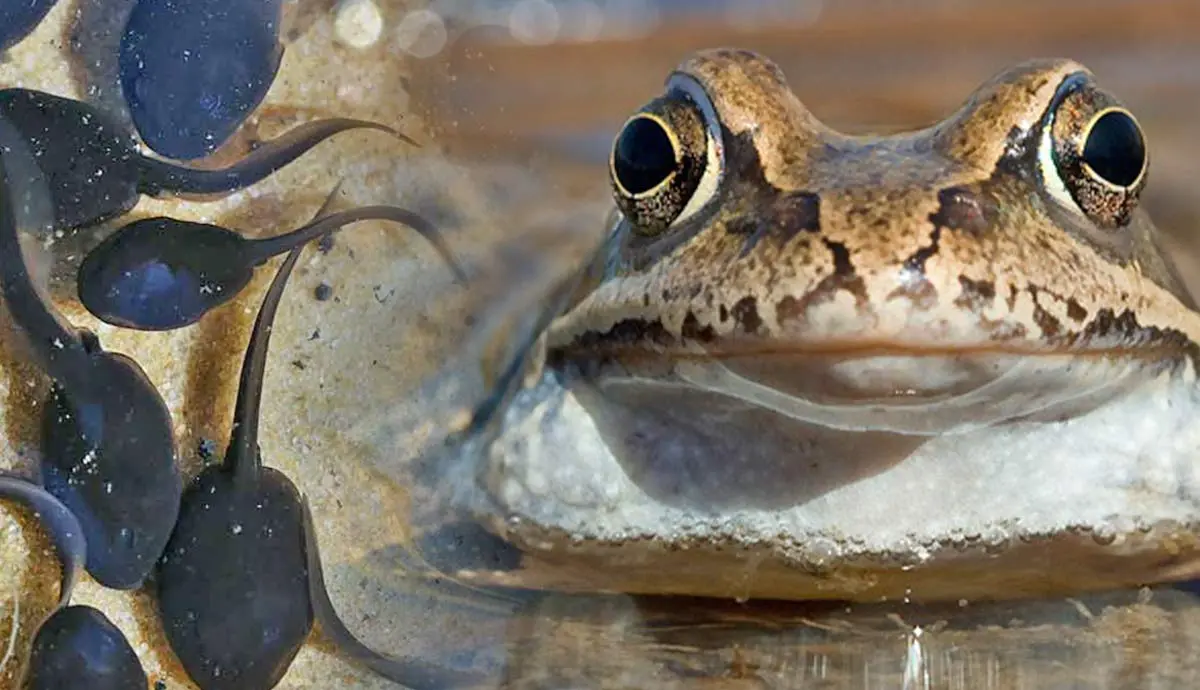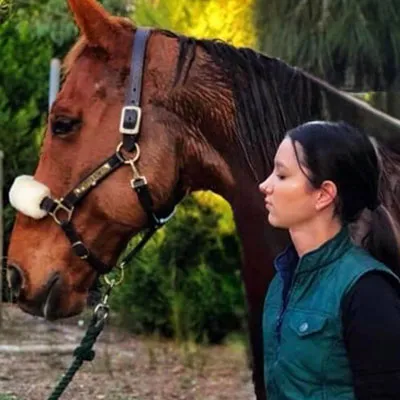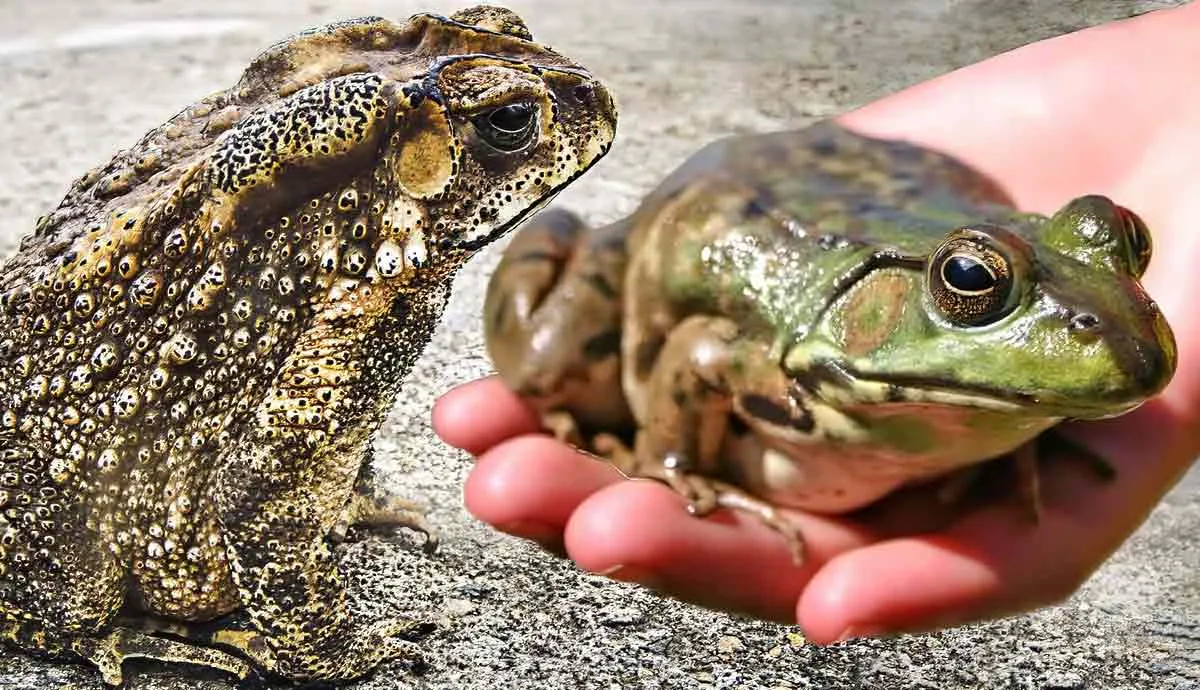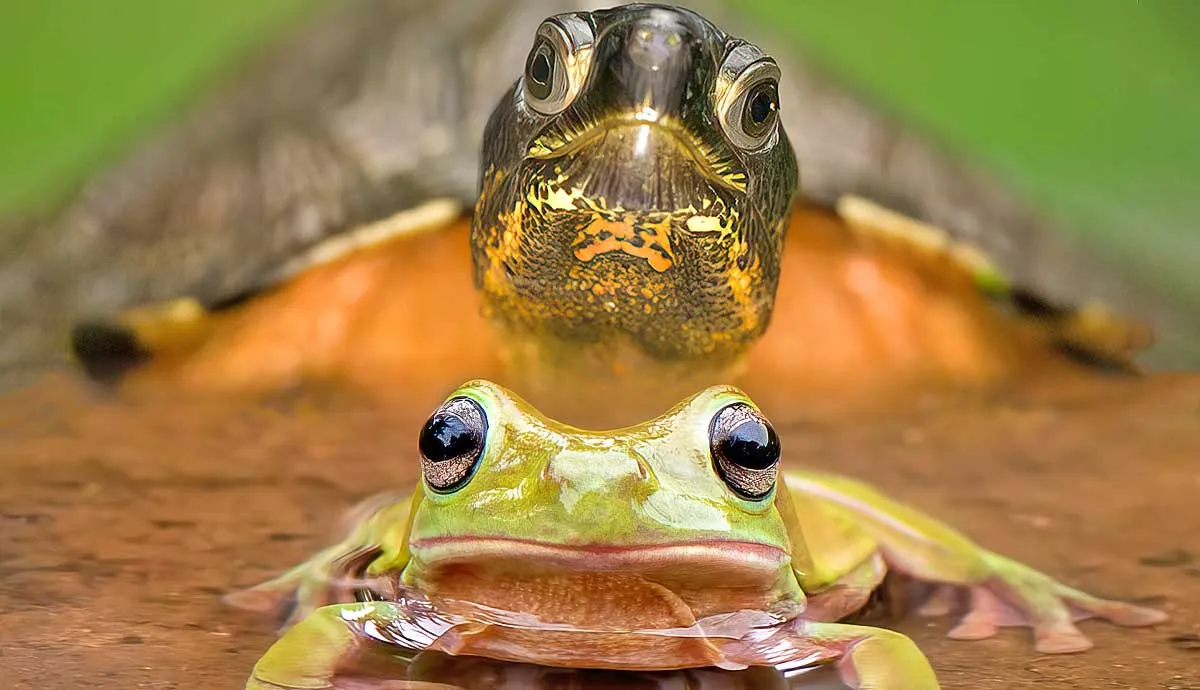If you’ve ever stumbled upon a frog-infested pond or seen tiny little tadpoles swimming in a water trough, you’ve likely wondered about the lifecycle of a frog. Well, on a frog’s life journey, there are many steps, transformations, and changes in general. This captivating process really showcases just how dynamic nature can be.
From only a tiny, squishy egg to a hopping, big frog, this blog will show readers their life cycle and what must happen. Let’s jump in.
In the Beginning - The Egg Stage
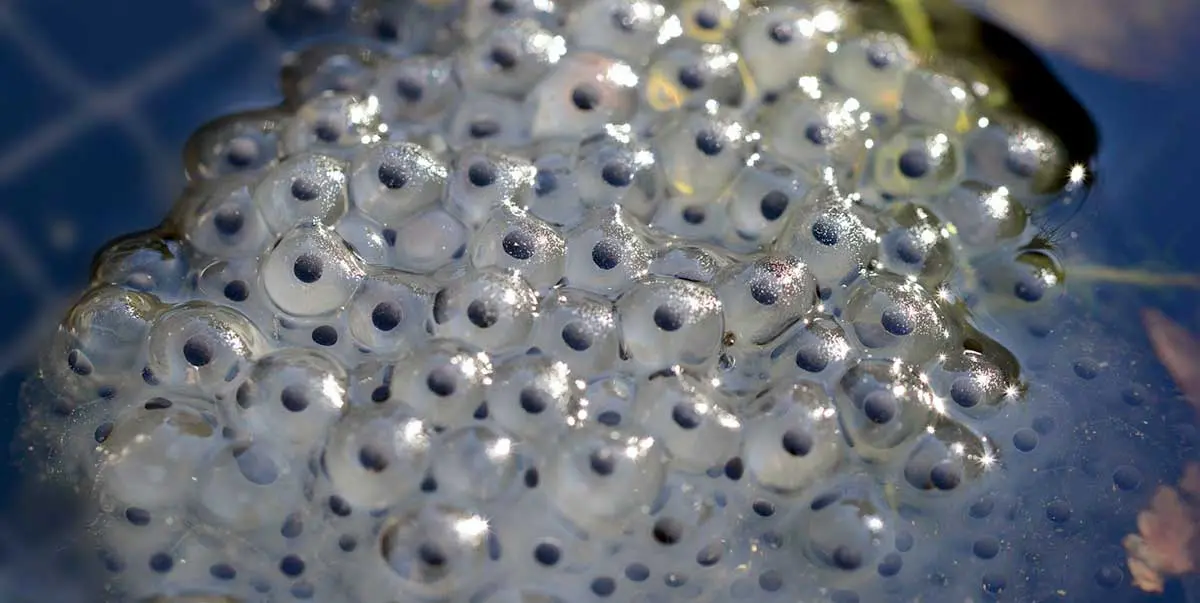
It all starts in the water. A frog will pick the ideal spot where its offspring will thrive, lay its eggs, and set them up for success. Usually, frogs will lay their eggs in clusters attached to things that will protect them, such as branches and reeds. These clusters are called frogspawn.
The eggs live in a gelatinous, protective jelly. They will sit in there safely while they develop. The time for the eggs to mature depends on humidity, temperature, and how well-protected they are. Each frogspawn contains potentially thousands of individual eggs.
Due to how many there are, the chances of survival until adulthood are greatly increased. Frogs are fantastic parents. They jump through hoops to ensure that their offspring have the best start to life possible.
Frogs are absolutely fascinating!
Life Begins - The Tadpole Stage

Once eggs hatch, they become cute little tadpoles! This is what is known as the aquatic larvae stage on a frog’s journey from egg to frog. Tadpoles look a little funny compared to their final form.
They have large, elongated bodies, external gills, and a long tail. It’s quite fascinating, really. The gills they develop process oxygen, allowing the tadpole to thrive in its current environment. At this growth stage, tadpoles usually only eat plant matter, algae, and other leafy materials.
Though only small, their tails are very muscular, allowing them to shoot through the water quickly. Tadpoles will usually stick together in large schools for social interactions and safety.
Transformation Time - The Metamorphosis Stage

Now we get to perhaps one of the most important phases of the frog’s life cycle: the metamorphosis stage. At this time, the tadpoles really begin to change. They undergo massive changes which can only be described as a form of natural engineering––unique to some amphibians.
Hormonal changes continue during this process. This change is triggered by water quality, temperature, and food availability, meaning that it is all environmental. After some time, the hind legs of the tadpole will begin to form.
From them, they elongate and become fully formed limbs. After they are fully formed, the front legs of the frogs begin to grow while the rest of the body shortens and changes.
Transformation Continues - During the Metamorphosis Stage
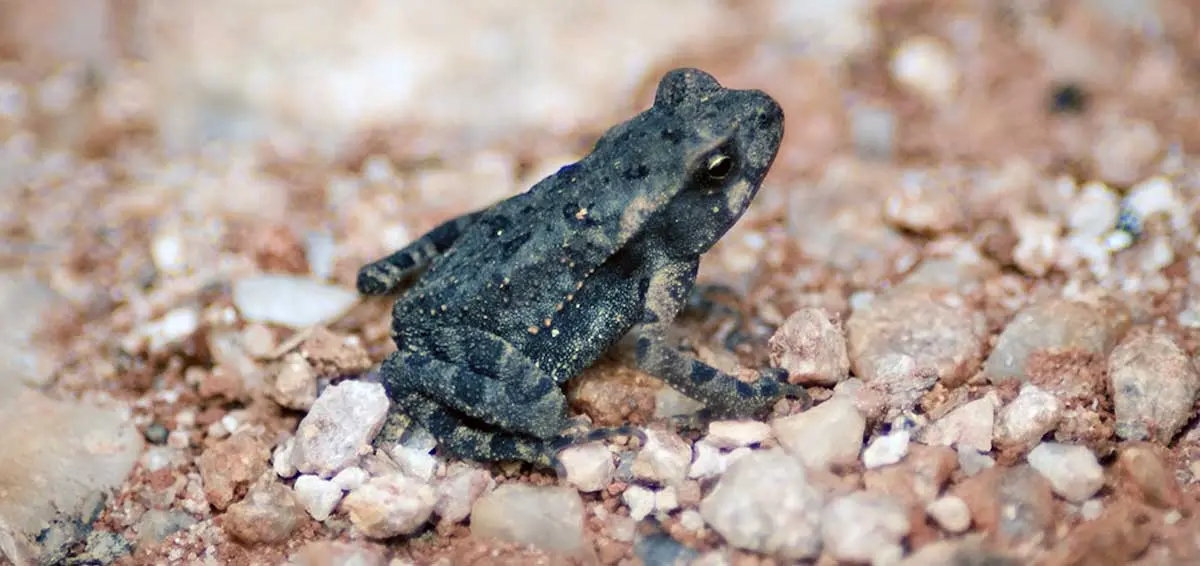
Once the front legs are developed, we hit part two of the metamorphosis stage. Frogs begin their transition from aquatic to terrestrial. At this time, their lungs begin to form and their gills degenerate, all in preparation for a life that exists mainly out of water.
They struggle a little at this time due to learning to breathe from their lungs and when to use their degenerating gills. The tail starts to shrink. The tail absorbing into the body allows the frog to receive essential nutrients to help them through their metamorphosis.
The skin also undergoes some serious changes at this time. It becomes much thicker with glands developing that secrete mucus, allowing frogs to stay moist while spending time on the land. A frog’s vision and hearing also change drastically at this time.
On land, their vision improves, and their hearing becomes far more sensitive.
Transition Begins - The Changing Stage
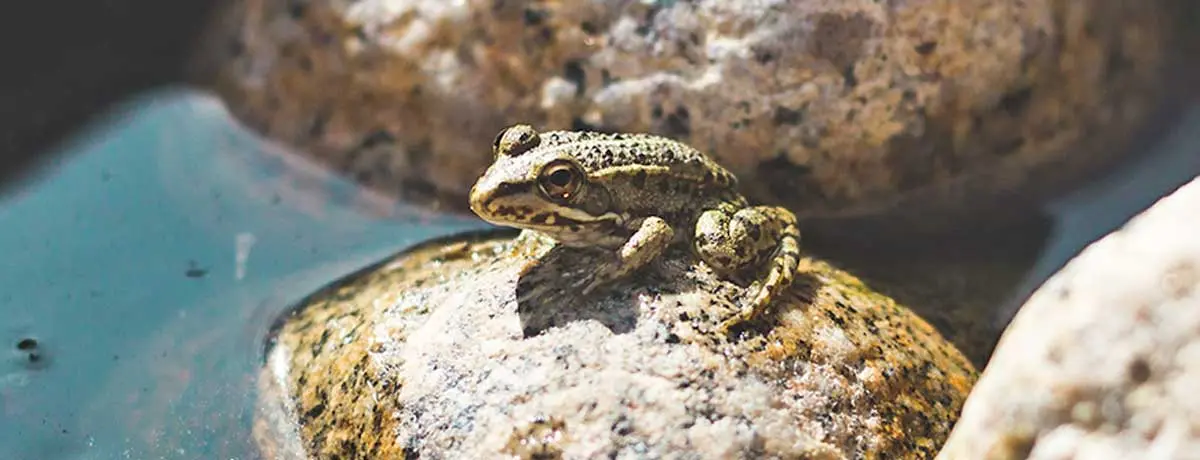
As the frog enters its last stages of metamorphosis, the frog’s body forms. While only small, it clearly resembles a frog now. The diet and habitat transitions begin at this time with the frog now eating small invertebrates, insects, and smaller frogs.
As skilled hunters, these frogs will rarely go hungry. Their exceptional accuracy and speed allow for this. The mature frog now chooses to leave the water and explore outside its usual environment.
It will seek out moist areas such as forests, marshes, and ponds. The closer to the water, the better. At this time, frogs have to find reliable food sources, face predators, and locate territories where potential mates will frequent.
Adulthood Is Here - The Final Stage
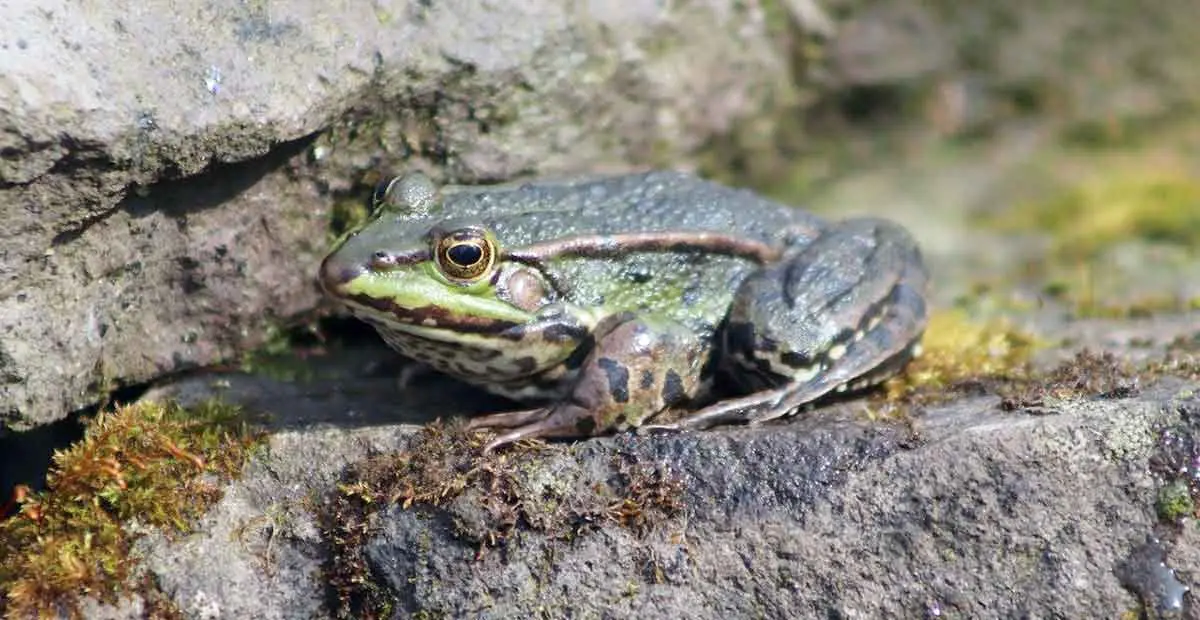
After a long period of growth, the frog has now reached adulthood. Now, it can live easily on land and survive without fear of dying. It has great vision, big, strong limbs, great hunting ability, and a unique and developed vocal sac.
This vocal sac allows them to create a huge range of sounds that allow them to communicate and speak to mates. These adult frogs will come in different shapes and sizes. For instance, poisonous frogs look much different from non-poisonous frogs. Each frog species also has a unique sound.
This unique call allows frogs to find mates despite the competing calls. Contrary to popular belief, amphibians have very different life cycles to reptiles. Despite living in the same environments, reptiles and amphibians are not the same thing.
